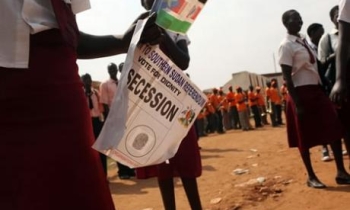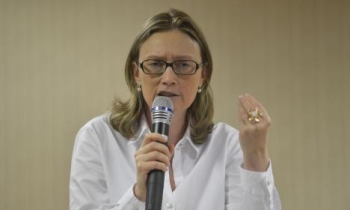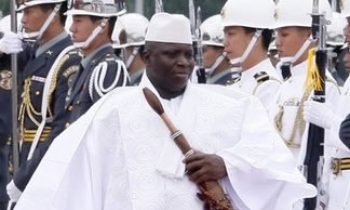The Telegraph Group is believed to be looking to axe about 70 journalists as part of its project to create a digital newsroom.
Production staff such as subeditors and designers are expected to bear the brunt of the cull, designed to streamline the Telegraph's print and online operations.
However, reporters and commissioning editors are likely to emerge virtually unscathed, once the Daily Telegraph and Sunday Telegraph complete their autumn move to Victoria, central London.
A spokesman for the group refused to comment on job losses, which are subject to a consultation process.
In a letter to staff yesterday, chief executive Murdoch MacLennan said "some job losses" would accompany the move, but added that the extent of the cull was "still under consideration".
The cuts come 18 months after more than one-in-six journalists at the two papers were axed, many of them taking advantage of a generous redundancy package.
One journalist at the group doubted that many volunteers would come forward this time, predicting that the process would be "brutal".
If the group goes ahead with 70 cuts, that would take the overall full-time staff headcount down from an estimated 430 today to 360.
However, when part-timers and contracted columnists are taken into consideration, the Telegraph has a payroll equivalent to more than 600 full-time journalists.
The Telegraph is aiming to save on labour costs by crunching together print and online operations and finding "synergies" between the daily and Sunday papers. It is understood that this will fall short of creating a single, seven-day operation for the two titles.
Another potential saving could come from ditching the unpopular and clunky DTI production system inherited from the Conrad Black era.
Nevertheless, despite the prospect of better technology and more efficient structures, staff fear the changes will add to their workload.
"It's very hard to think how this won't mean fewer people doing more work," said one journalist.
Staff will start moving out of Docklands to the new office in two weeks, with the process completed by November.
Long-term plans for the printing of a new 80-page, full-colour Telegraph are expected to be finalised by November.









